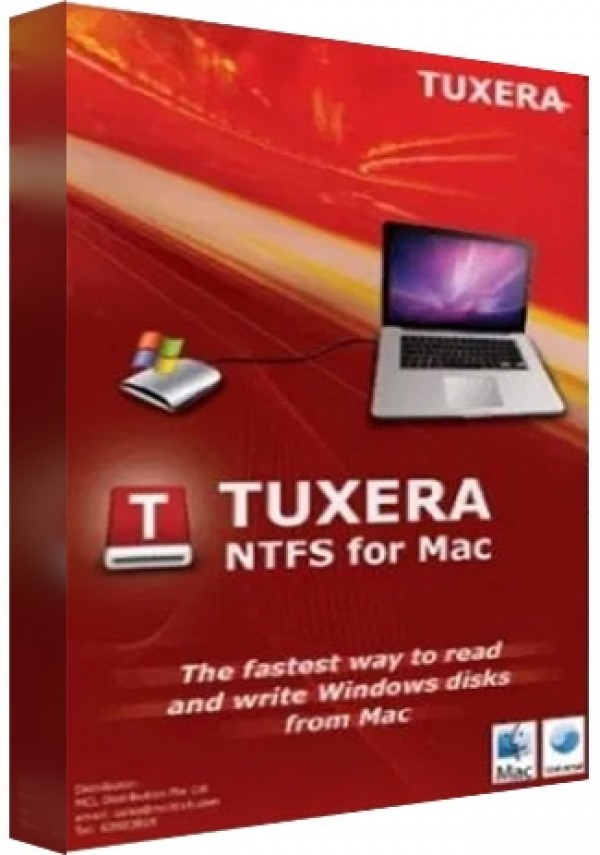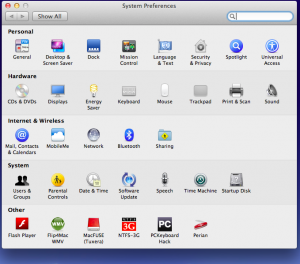

Trying to install ntfsprogs in 11.10 (and possibly in 12.04) will cause the package-manager to ask if you wish to remove ntfs-3g. In Ubuntu versions 11.10 and later the ntfs-3g package included the functionality previously provided by ntfsprogs.
#Ntfs 3g driver driver
The ntfs-3g driver is pre-installed in all recent versions of Ubuntu and healthy NTFS devices should work out of the box without further configuration. The userspace ntfs-3g driver now allows Linux-based systems to read from and write to NTFS formatted partitions. Until 2007, Linux distros relied on the kernel ntfs driver which was read-only.
#Ntfs 3g driver windows
NTFS (New Technology File System) is a file system developed by Microsoft and used by Windows computers (Windows 2000 and later). The ntfs-3g driver is used in Linux-based systems to read from and write to NTFS partitions.

In Windows, you can check which filesystem your partition is formatted with by right-clicking the partition in Windows Explorer and selecting Properties. Some Flash drives are formatted with Microsoft's proprietary exFAT file system. Flash drives, such as a USB thumb drive or a camera's flash card are typically formatted as FAT16.Older versions of Windows such as Windows ME, 98, and 95 are formatted with FAT32.In rare cases, OEM manufacturers have pre-installed Windows XP and Windows 2000 to FAT32 filesystems. Windows 7, Vista, XP, 2000, older NT systems, and Windows Server 20 are formatted with NTFS.Click on "File System" in the left pane of the Nautilus file browser and then open the host folder which you will see in the main pane.įor a more in depth analysis, see LinuxFilesystemsExplained, but here are some basics: If you are using a Wubi version of Ubuntu and you wish to browse the host partition, you do not need to mount it - it is mounted already in the "host" folder. Unless you require your Windows partition - or a NTFS/FAT32 partition for data shared with Windows - mounted every time you boot up for one of the reasons given below, mounting from the file manager in this way should suffice. Partitions show with their labels if labelled, or their size if not. Simply look in the left pane of the file manager for the partition you wish to mount and click on it - it will be mounted and its contents will show up in the main pane. Similarly it is highly advisable to leave any recovery partitions unmounted.įor those using a desktop version of Ubuntu, or one of its offical derivatives, the easiest and quickest way of mounting NTFS or FAT32 partitions is from the file manager: Nautilus in Ubuntu, Thunar in Xubuntu, Dolphin in Kubuntu and PCManFM in Lubuntu.
#Ntfs 3g driver windows 8
With both Windows 7 and Windows 8 (when installed to a legacy mbr partition table) there is usually a 100-200MB boot partition labelled "SYSTEM". Any changes made by Ubuntu will be lost when you reboot into Ubuntu. With Windows 8, the situation is more complex in that, by default, it uses a hybrid hibernation/shutdown when you shut the system down. In Windows 7 you must avoid using hibernation. This is because when Windows 7 is hibernated it writes the system state to a file stored on disk and restores from that file when the system is re-awakened, thus restoring the whole fileystem to a state before any changes made from Ubuntu. Whether you write to your Windows C:\ partition or a shared NTFS data partition, be aware that if you are using Windows 7, and Windows 7 is in a hibernated state when you write to the NTFS partition from Ubuntu, you will lose all your changes.

If you have data which you want to access regularly from both Windows and Ubuntu, it is better to create a separate data partition for this, formatted NTFS. Since it is all-too-easy to accidentally modify or delete files which are essential for Windows, it is advisable to mount your Windows C:\ partition as seldom as possible, preferably not at all, or read-only by configuring /etc/fstab (see below). Consequently, important hidden system files in the Windows C:\ partition will show up if this is mounted. Ubuntu will show files and folders in NTFS/FAT32 filesystems which are hidden in Windows. You will also see FAT16 on other devices. These partitions are normally formatted with NTFS, but are sometimes formatted with FAT32. Ubuntu is capable of reading and writing files stored on Windows formatted partitions.


 0 kommentar(er)
0 kommentar(er)
